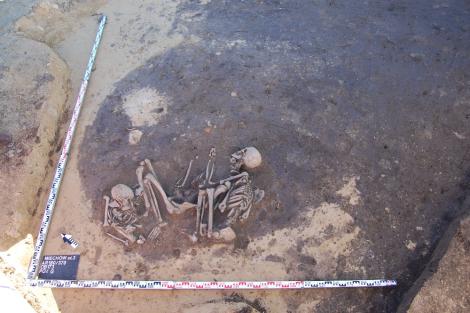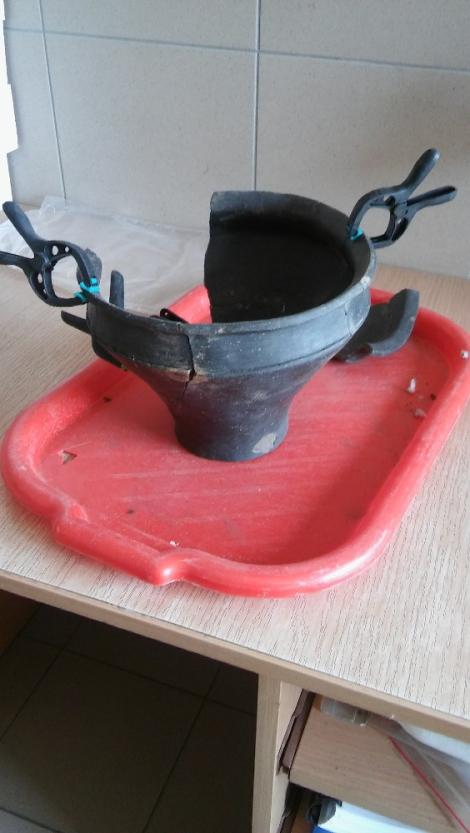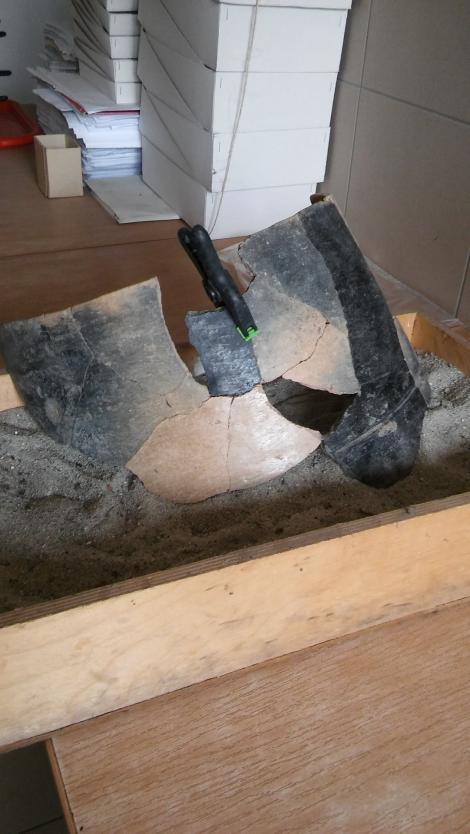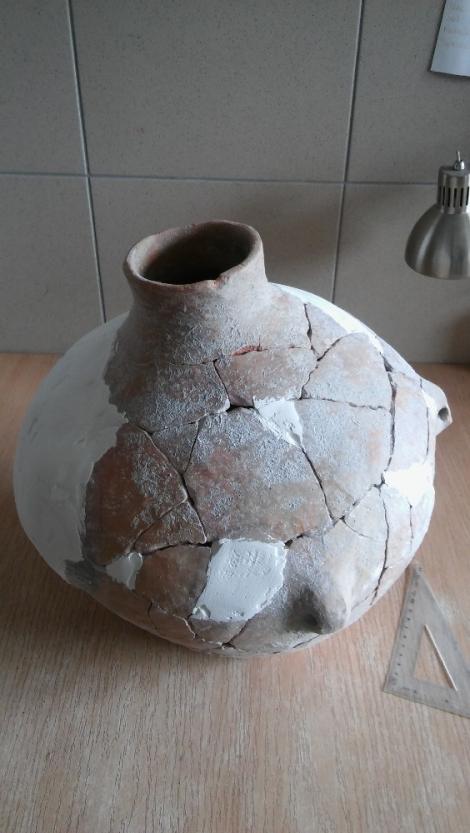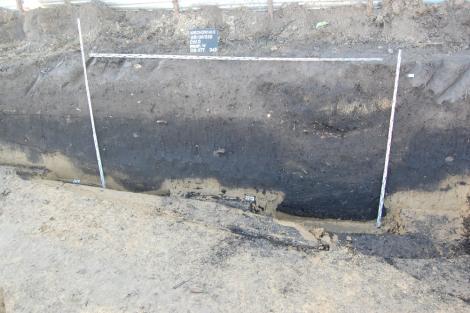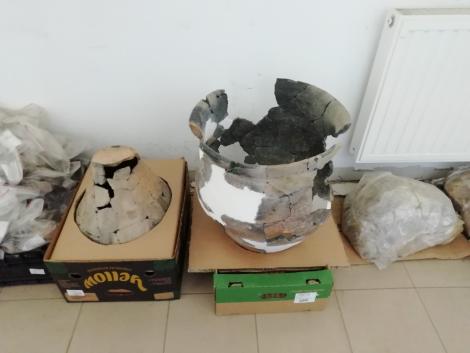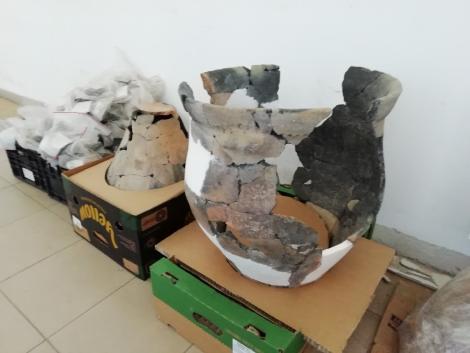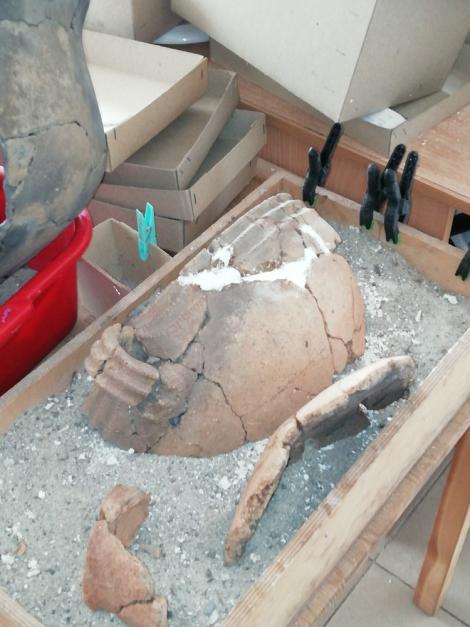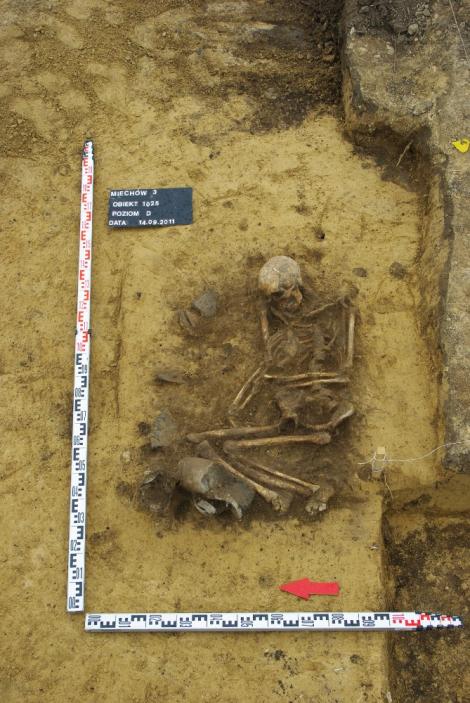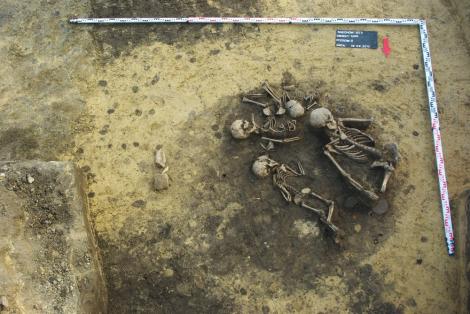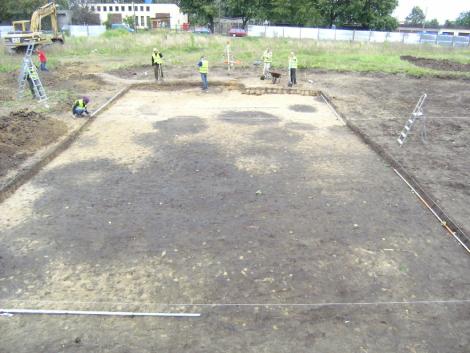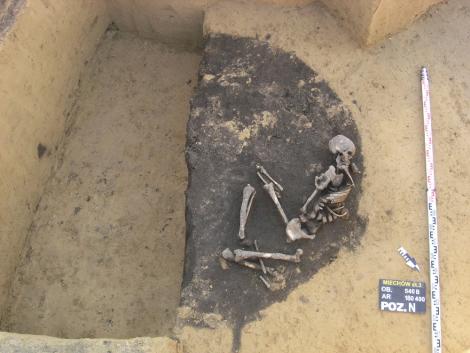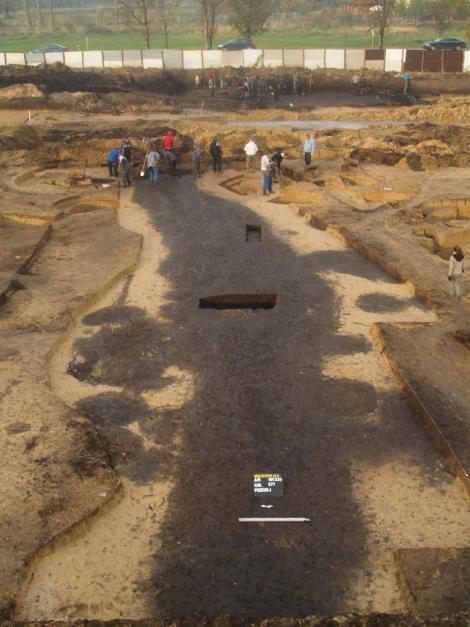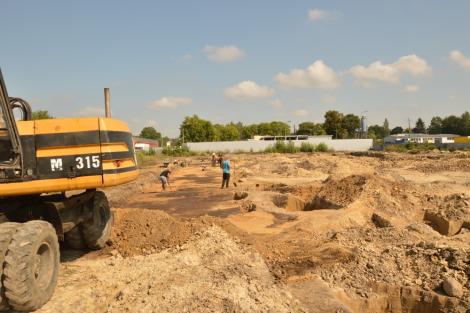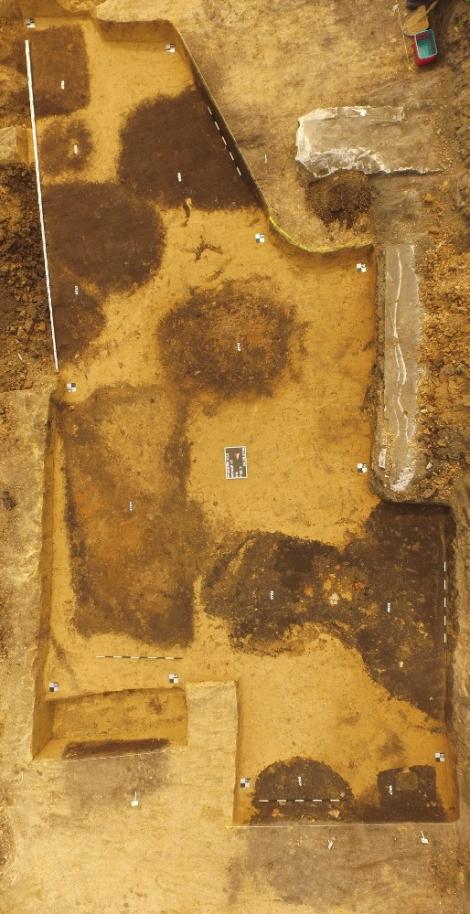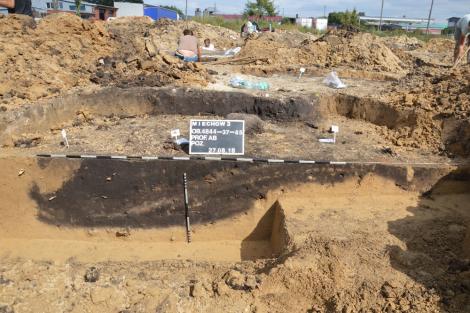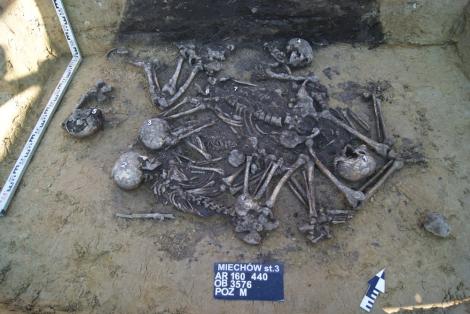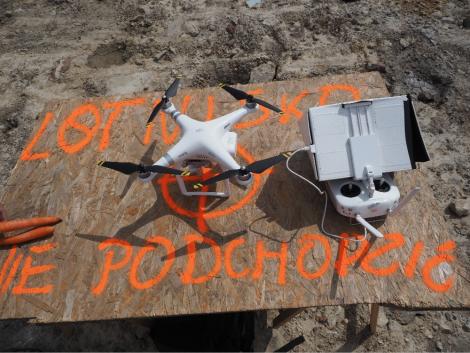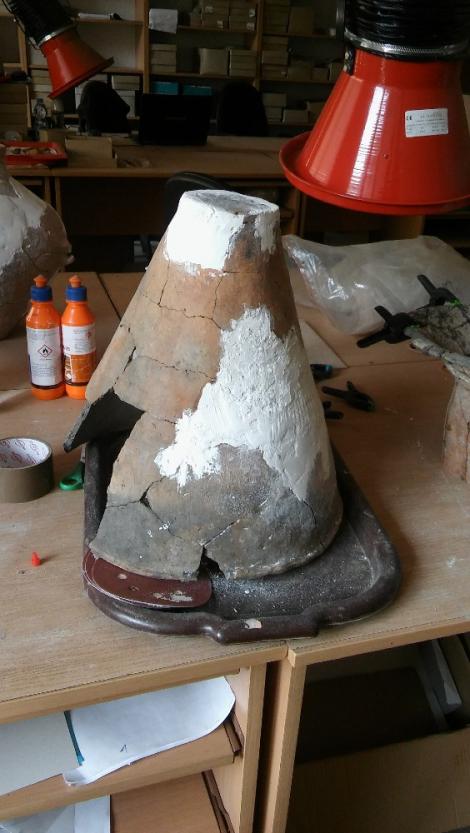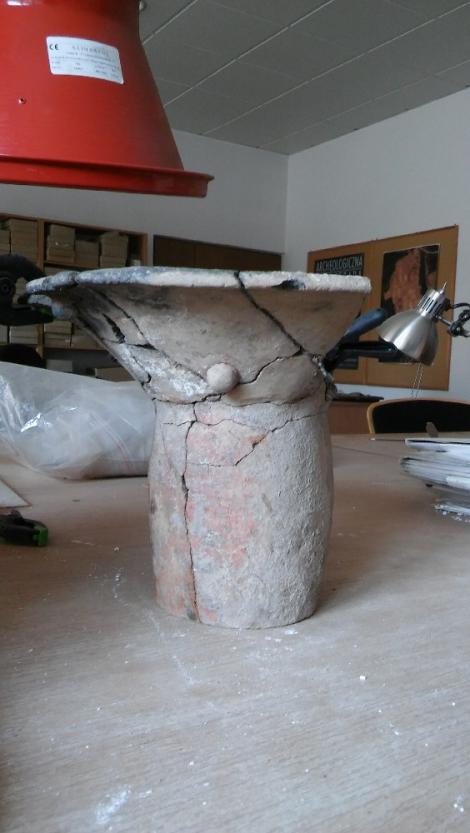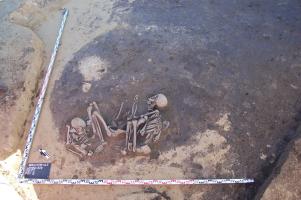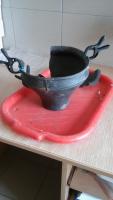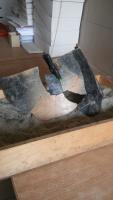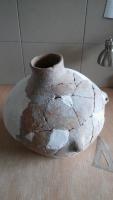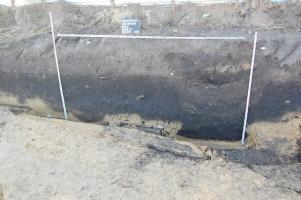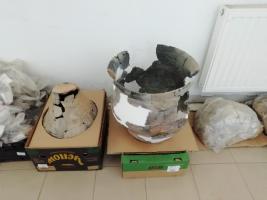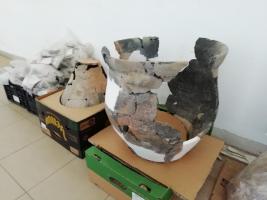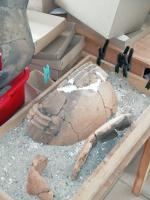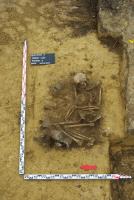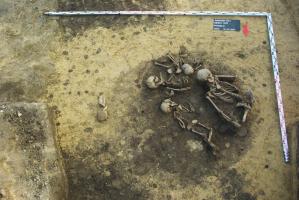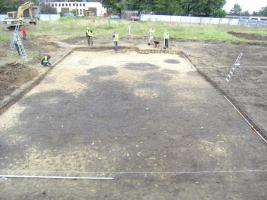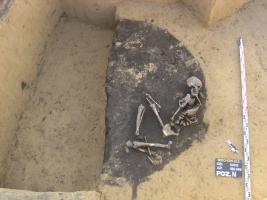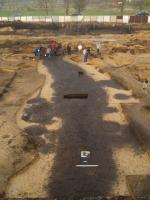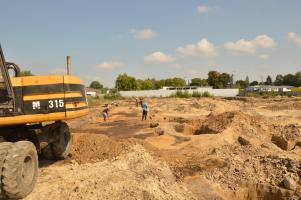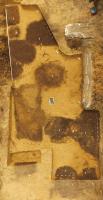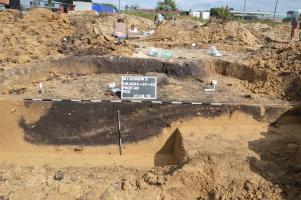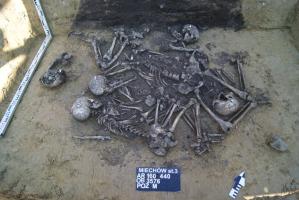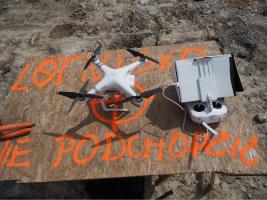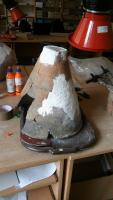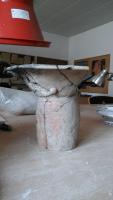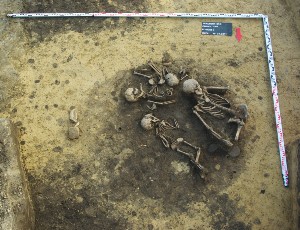
Since 2017, a research project, entitled “Cultural changes in the environment of the loess uplands. Settlement, economy, and society from the Neolithic to the Middle Ages at site No. 3 in Miechów”, has been underway. The project is funded by the National Science Centre, within the OPUS 12 programme (no. 2016/23/B/HS3/00387). The principal investigator is Marek Nowak, Ph.D., Professor of Jagiellonian University.
The research project aims at a comprehensive, interdisciplinary study of archaeological site no. 3 in Miechów, located in southern Poland, c. 30 km north of Kraków. It is unique due to its multiculturalism and large numbers of movable and immovable archaeological artefacts, as well as the considerable area excavated (about 3 ha). The research procedures also included an interpretative stage, in which model reconstructions of the spatial functioning of the prehistoric and early historic communities that used the area of site 3 at Miechów were developed.
As a result of the planned research, it was concluded that settlements of Neolithic communities were in operation at the site, from c. 5200 to c. 2900 BC. This was mainly due to the favourable environmental conditions for agriculture. Their inhabitants originated from the southern, Transcarpathian early Neolithic groupings. Genetic traces of contacts with local late hunter-gatherers were also detected. Neolithic settlements usually covered a fairly densely and evenly built-up area of 1-1.5 ha (central settlement) and a number of individual homesteads distant from the aforementioned central settlement. Neolithic settlers actively influenced the environmental condition of the site area and its immediate surroundings, transforming it according to their needs. This situation escalated in later periods, i.e. one can speak of a progressive anthropisation of the landscape over time.
The re-intensification of human settlement occurred in the Early Bronze Age, around 1800/1700 BC. At that time, communities appeared, which probably originated from the east. At the end of the first millennium BC, the site was settled, at least until the sixth century BC, by societies of the so-called Lusatian culture. At that time, the structure of the space was segmented, that is, the settlement consisted of separate, autonomous groups of farms or individual farms. Interestingly, the diet of the Bronze Age communities was poorer in meat, while millet appeared in addition to wheat and barley.
Further systematic use of the site area took place from the second century BC to the second century AD, i.e. during the pre-Roman and Roman periods. The settlement, the largest of all those identified on the site, was then most likely settled by a local group of the Lugian tribe, of Celtic and probably Germanic origin. Again, it was characterised by a segmented layout.
At the latest, an early medieval settlement functioned between the 11th and 13th centuries. It was probably the oldest settlement of the historical Miechów, functioning even before the foundation of the monastery of the Order of the Holy Sepulchre, which took place after AD 1163.
Regardless of the publication of papers presenting some partial results of the project, a comprehensive monograph will be published by the end of 2023. The monograph will include all the results of the investigations and research carried out within the project. When it is published in print, site no. 3 in Miechów will become one of the most fully documented multicultural settlement sites in Poland. It will be a valuable reference point for researchers dealing with the Neolithic, Bronze, and Iron Ages, as well as the early Middle Ages. This comment applies both to the material and environmental sources, as well as to the synthetic and interpretative spheres. Due to its publication in English, it will also be accessible to non-Polish scientists.


